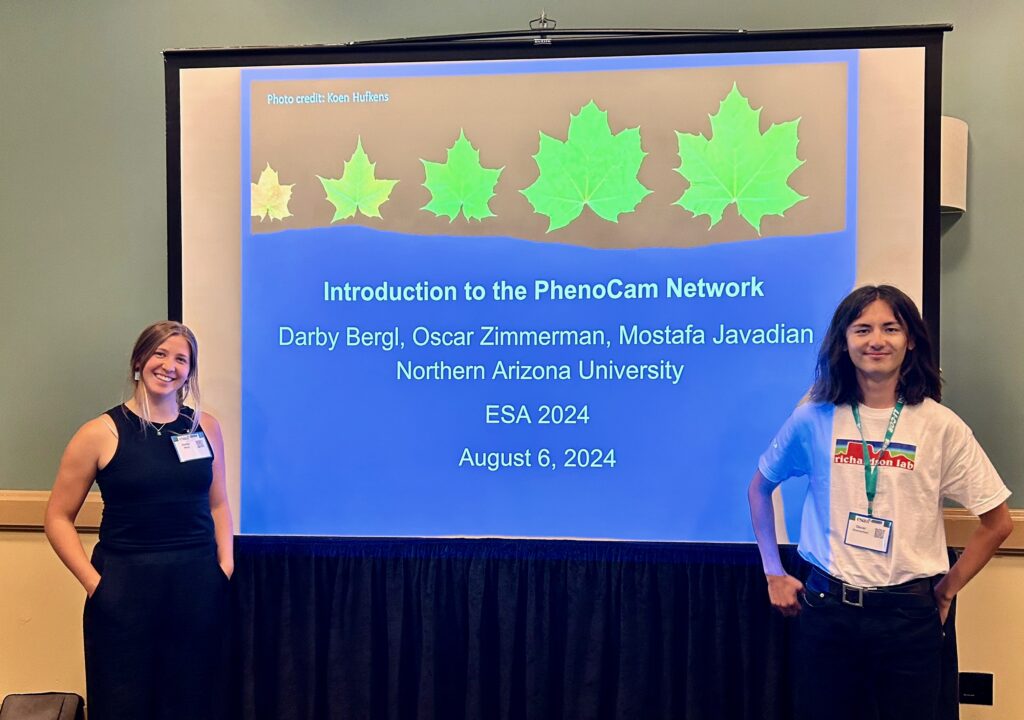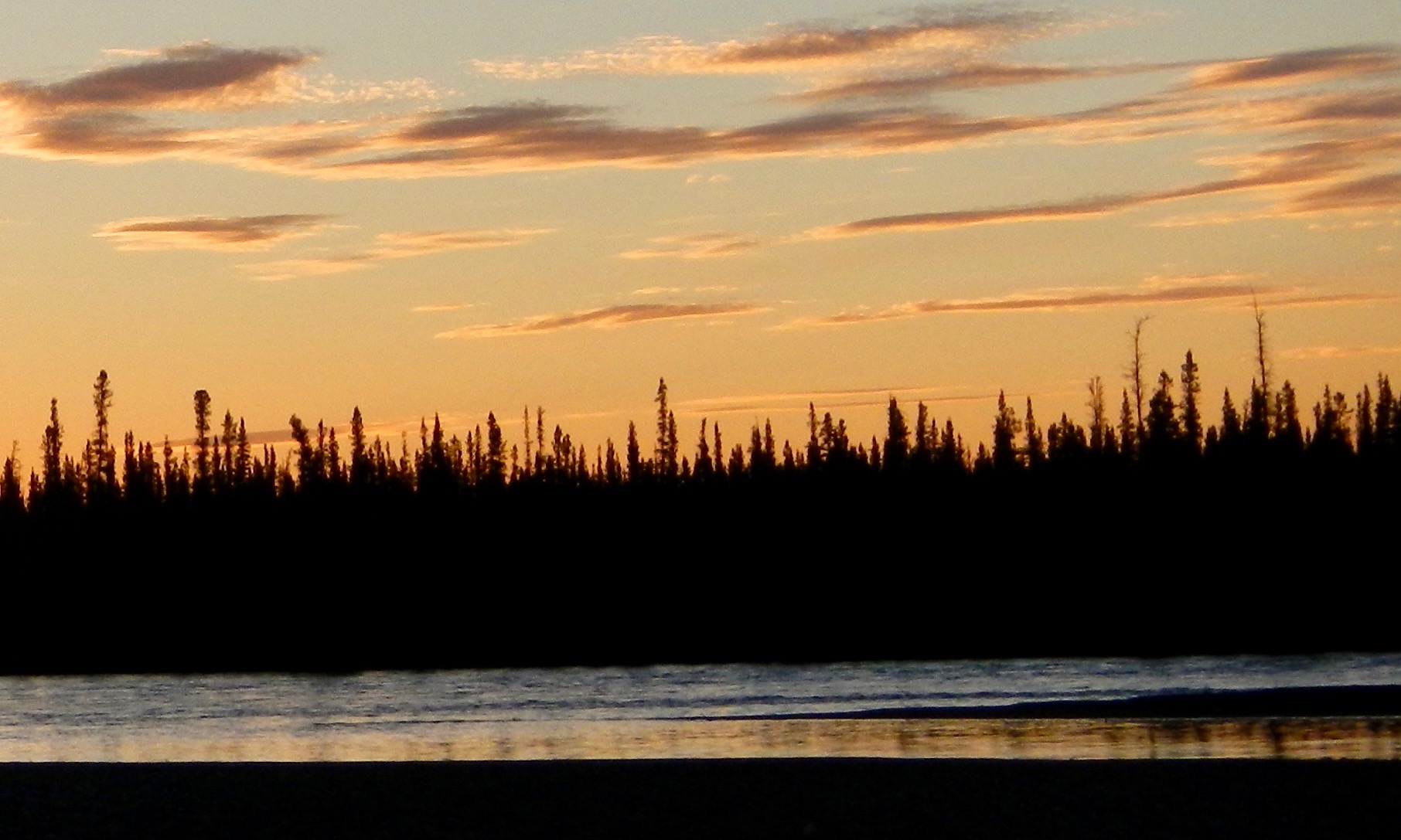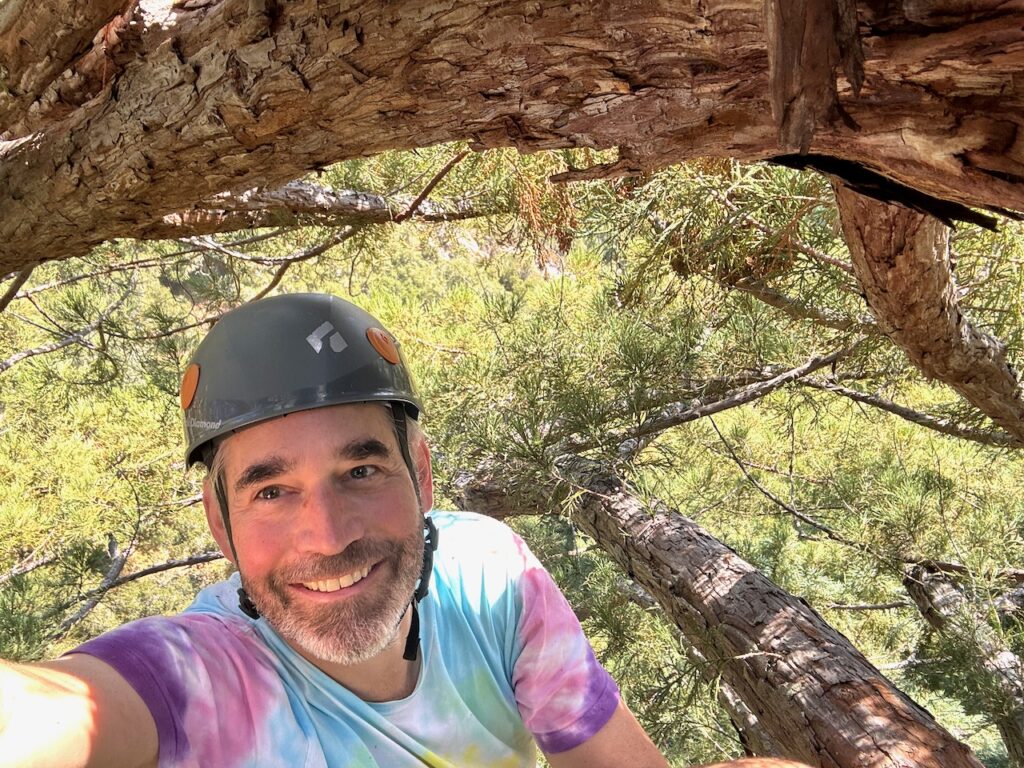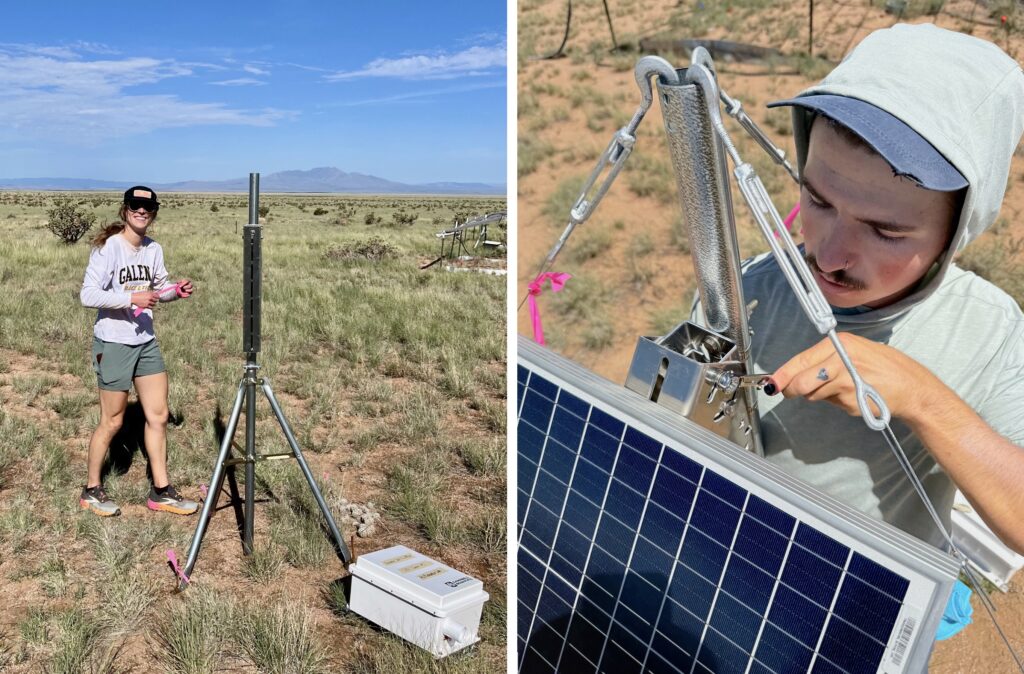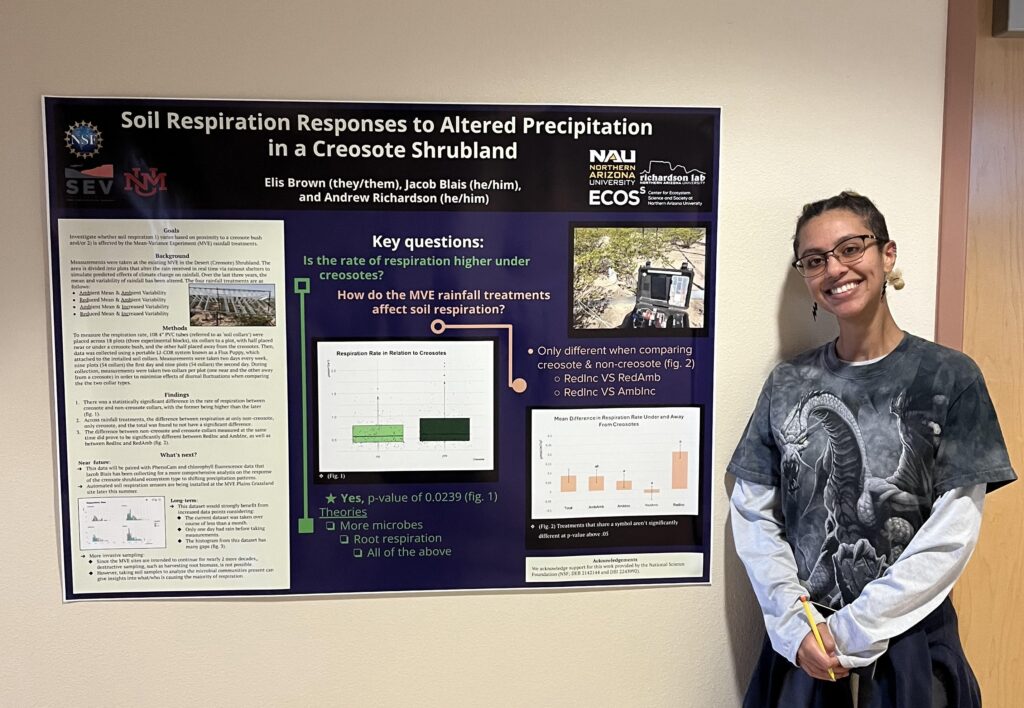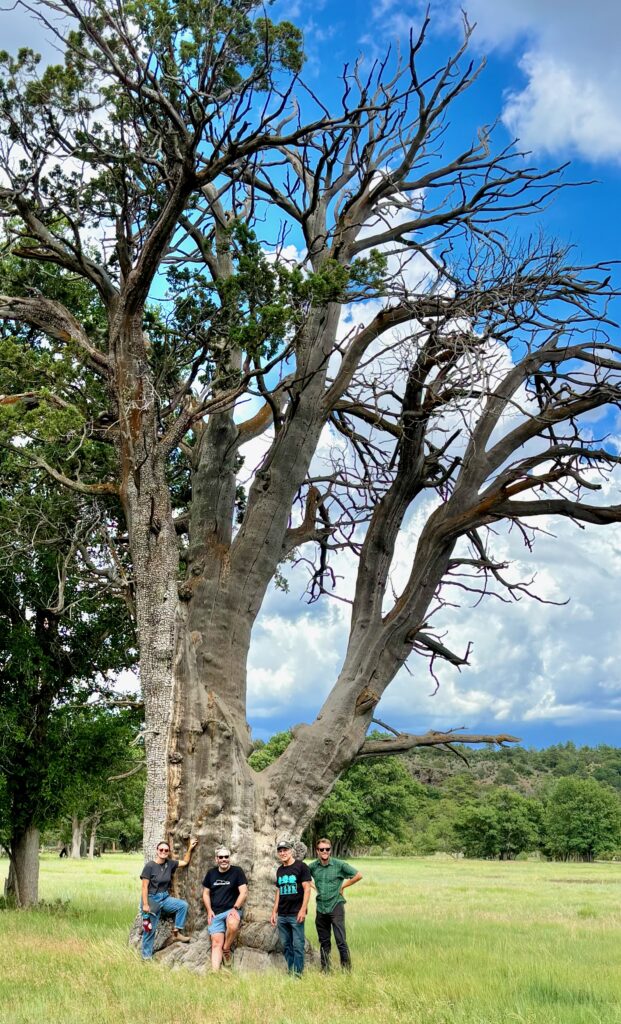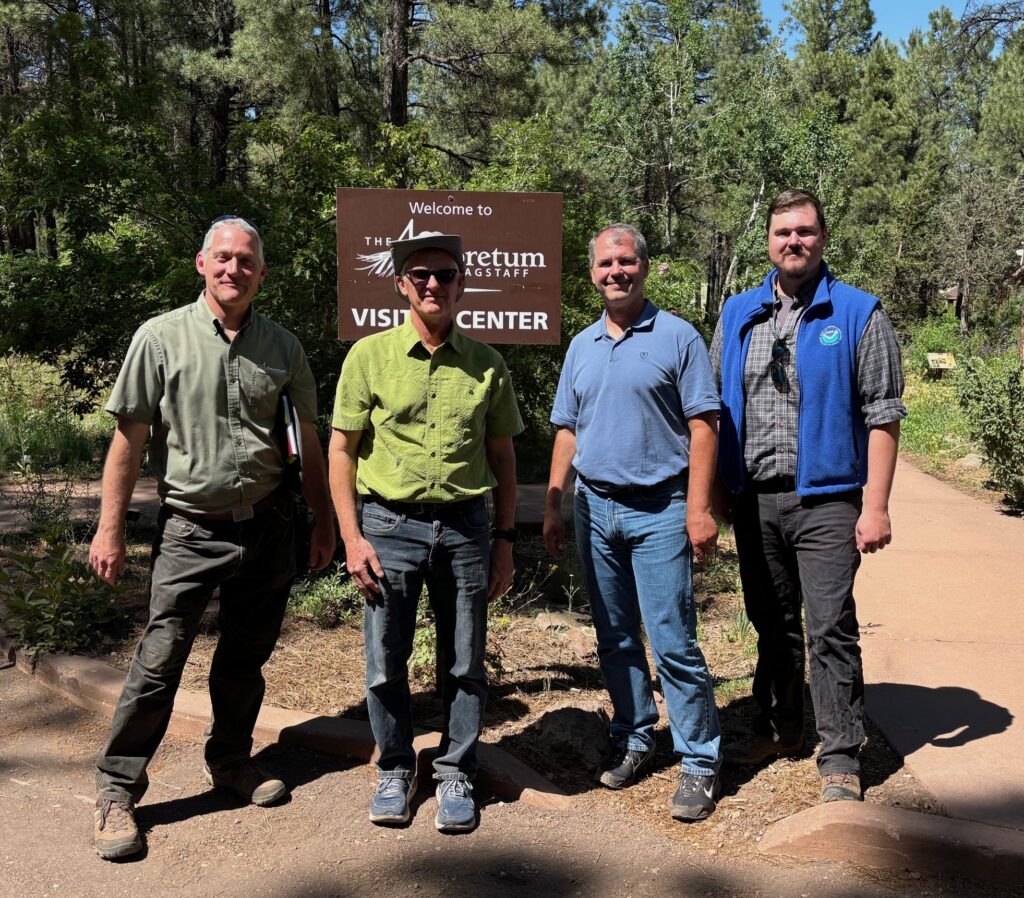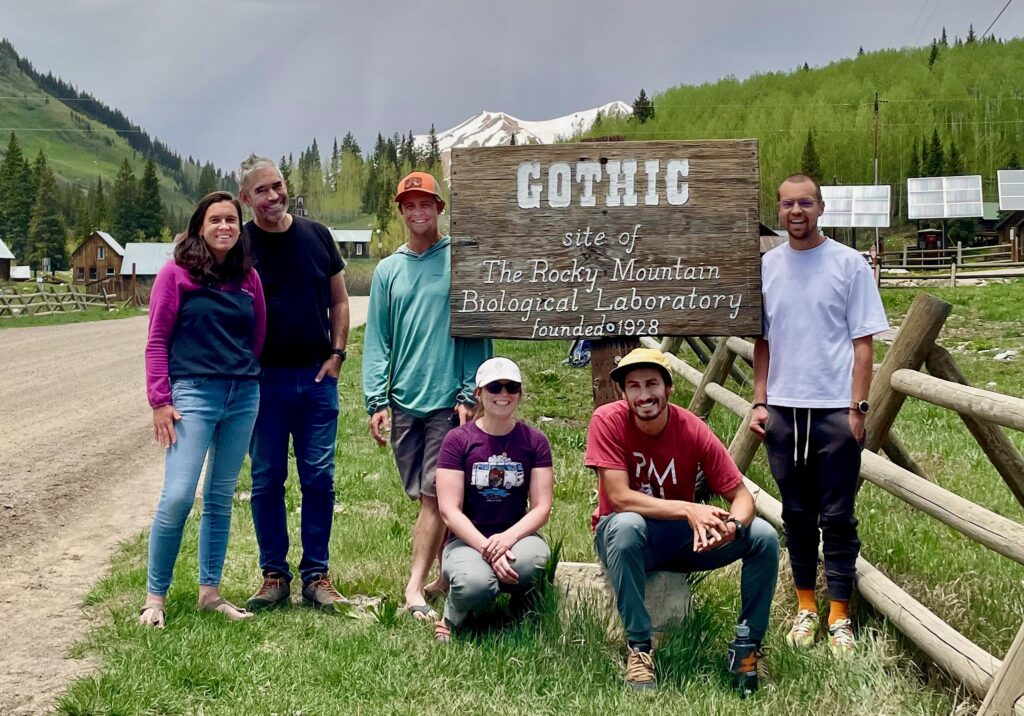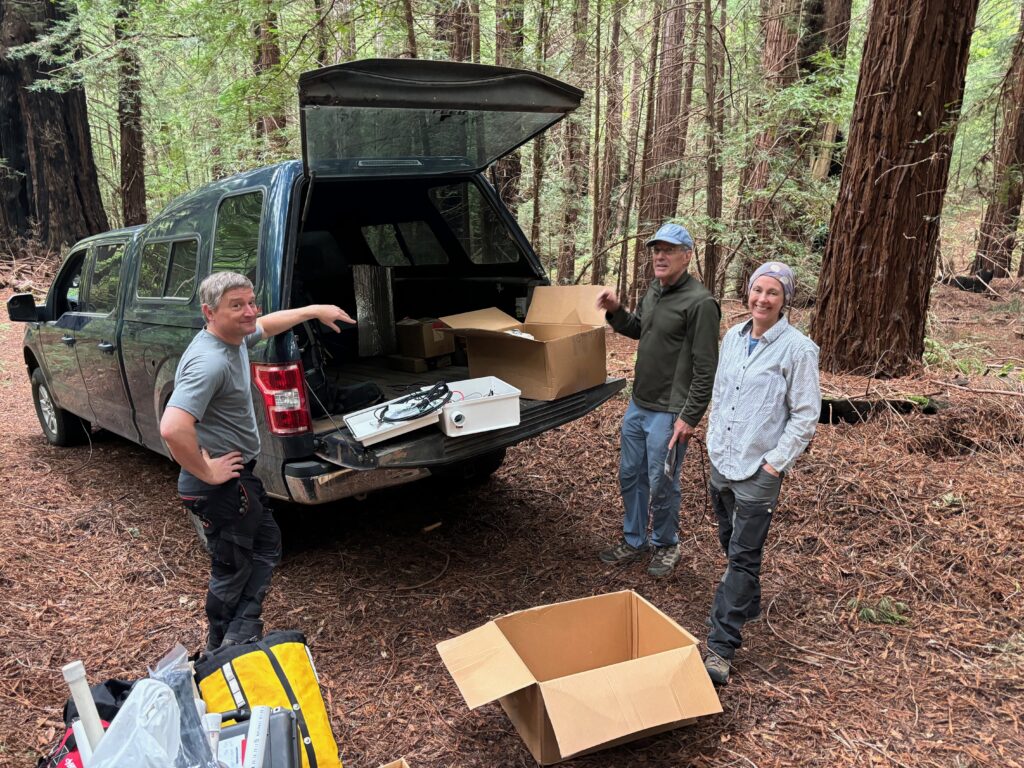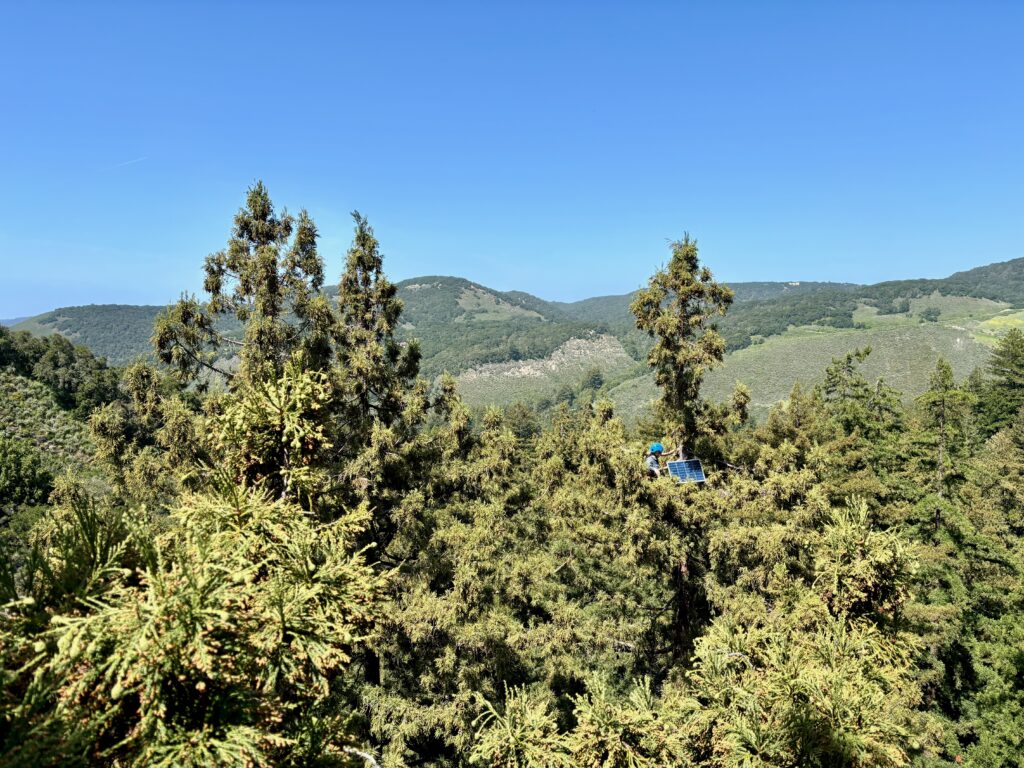Darby and Oscar road-tripped to Long Beach, CA, for the Ecological Society of America’s annual meeting, where they gave a PhenoCam training workshop, “Introduction to the PhenoCam Network”, in early August. The workshop was attended by 23 conference-goers eager to learn more about PhenoCam. Darby and Oscar answered many questions about the potential uses of PhenoCam data, and described plans to adopt the StarDot Live2 camera as the next-generation PhenoCam standard. Participants explored the web page and chose a favorite site, and after being introduced to some of the R packages designed for interacting with PhenoCam data they they plotted up Gcc curves for that site. They then pulled midday images for one day each month to provide context for these numerical data. At the end of the session, attendees uploaded a show-and-tell slide and presented their analysis to the group. Thanks Darby and Oscar for running a highly successful session, and thanks to Mostafa for helping to develop the training materials!
p.s. Check out the snazzy “Richardson Lab” shirt that Oscar is sporting…
